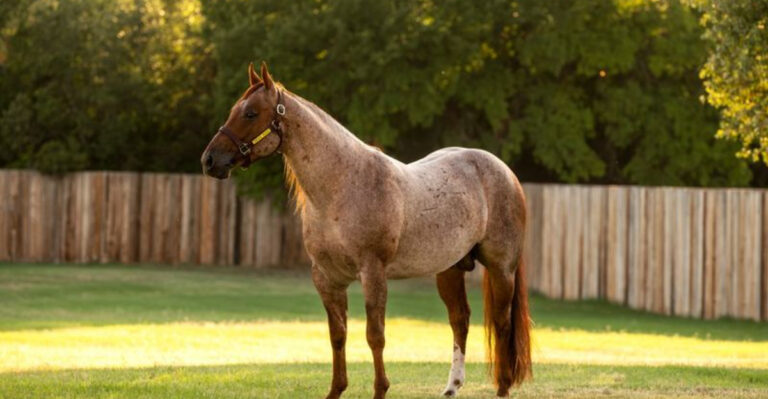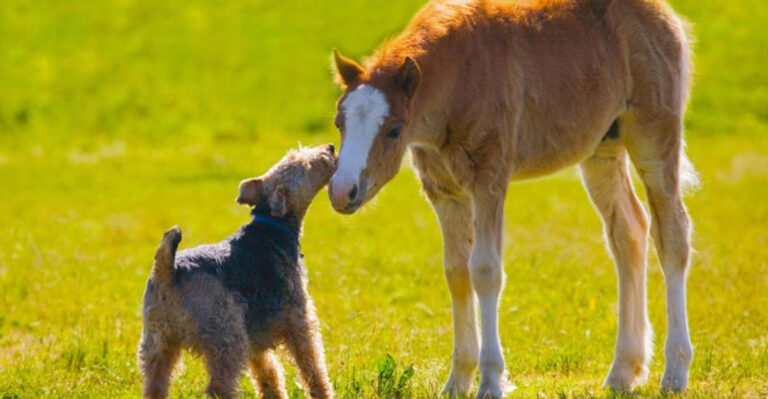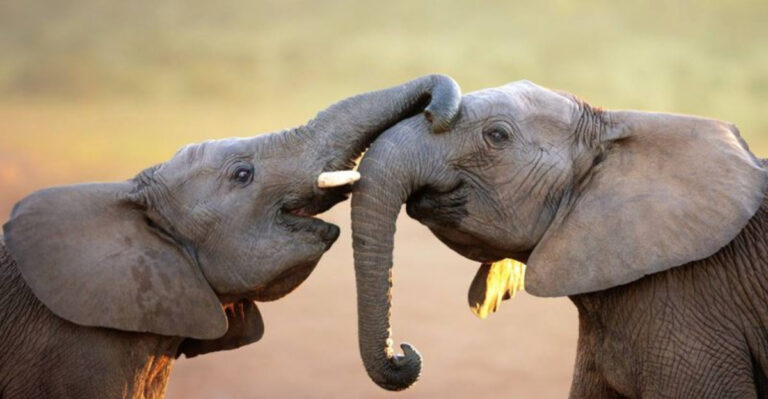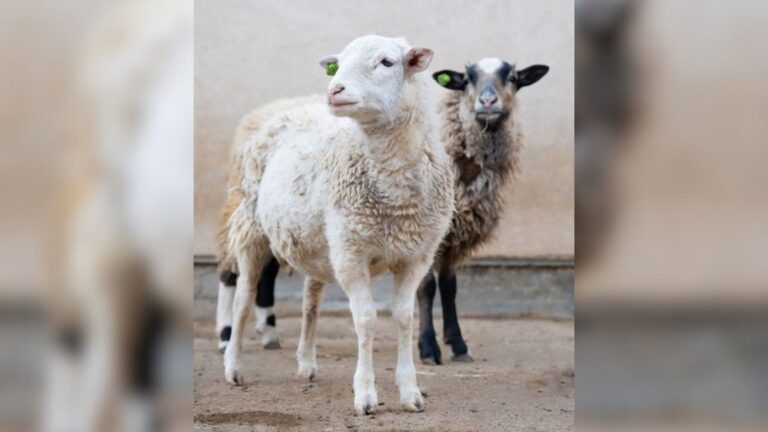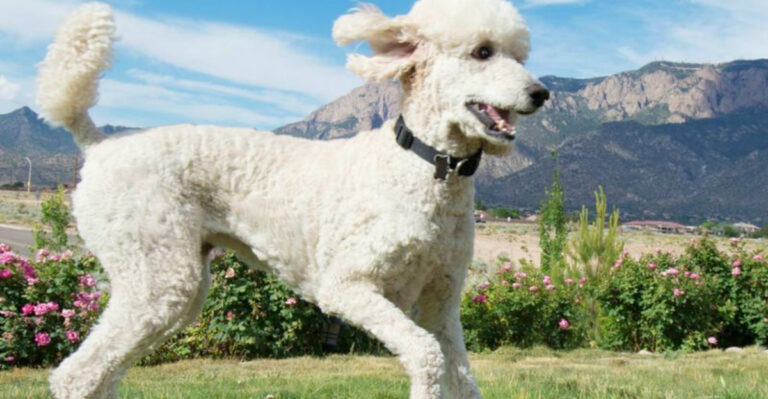18 Creatures To Watch Out For While Hiking
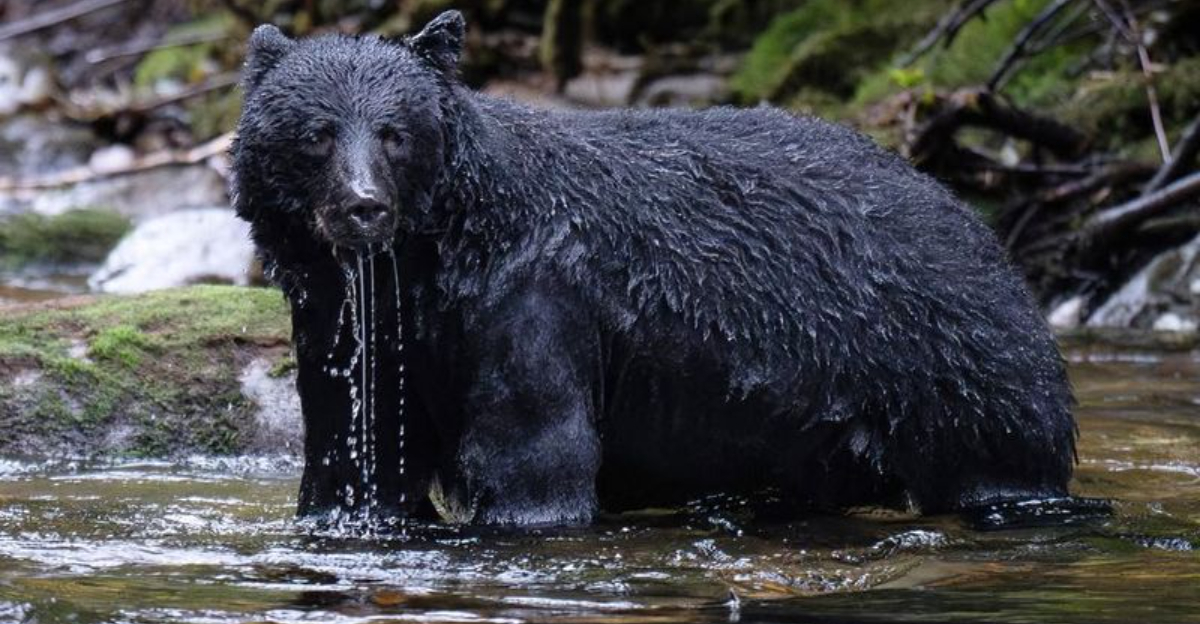
Hiking is a great way to connect with nature, but it’s wise to stay aware of the wildlife that calls these trails home.
From the tiniest insects to the largest mammals, each creature adds to the rich tapestry of the outdoors.
Here are some creatures you might encounter on your hikes, with tips on how to navigate your encounters safely and respectfully.
1. Rattlesnake
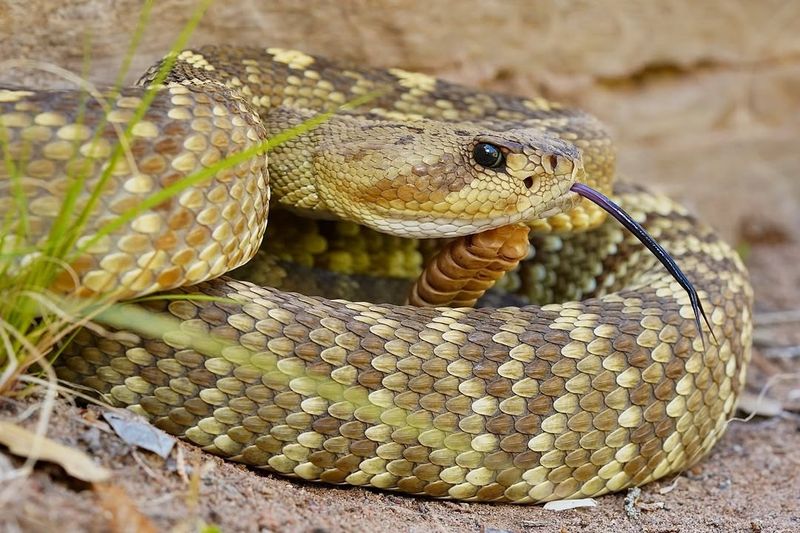
Rattlesnakes can often be found basking on warm rocks. Their distinctive rattle is a warning sign that you’re too close.
If you hear it, stop immediately. Maintain a safe distance. Slowly back away without making sudden movements.
These snakes are not aggressive unless provoked, staying calm is key.
2. Black Bear
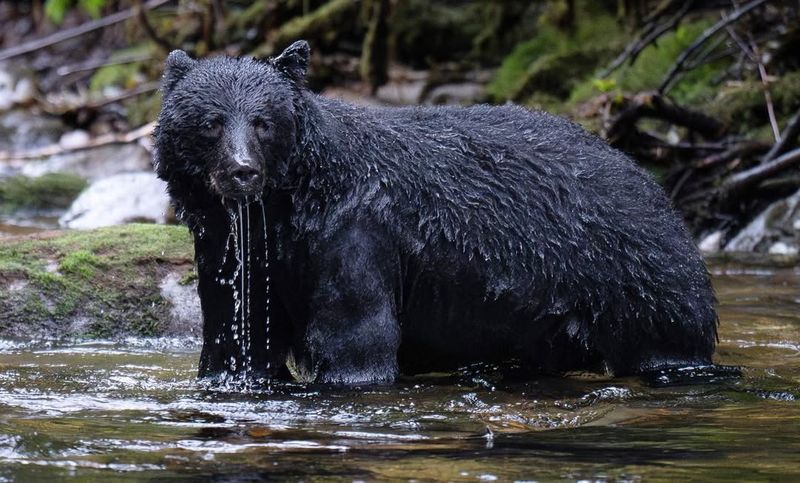
Black bears are curious creatures but generally avoid humans. If you spot one, make yourself appear larger by raising your arms or a jacket.
Speak in a firm voice to let them know you’re human. Slowly back away while keeping an eye on the bear.
Avoid running, as this might trigger a chase response.
3. Ticks
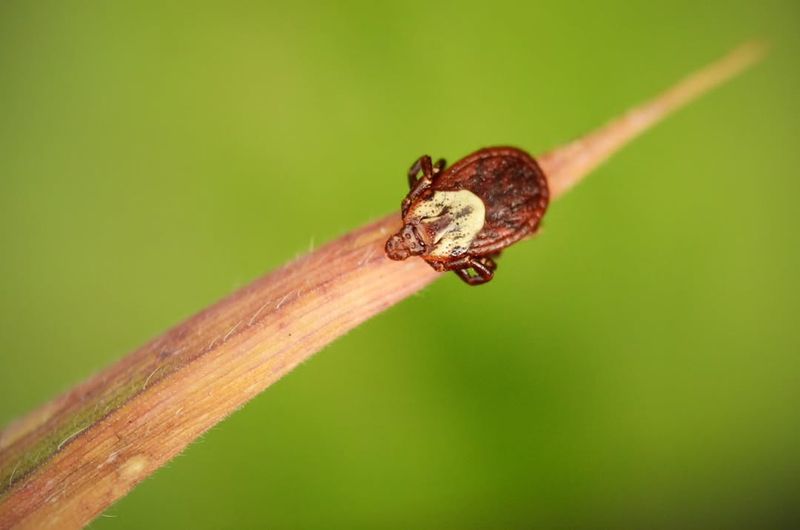
Wearing long sleeves and pants tucked into socks can help reduce exposure. After a hike, check your body for any hitchhikers.
Prompt removal is crucial to prevent Lyme disease transmission. Using insect repellent containing DEET on clothes and skin is a proactive measure.
4. Mountain Lion
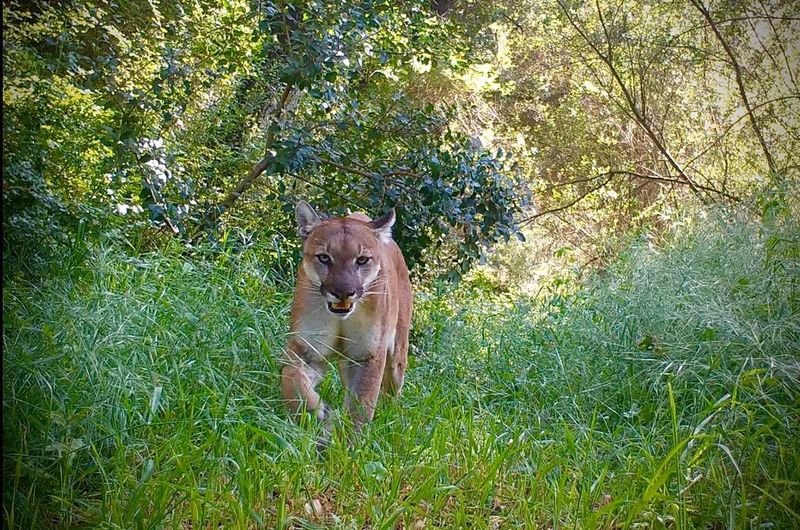
Mountain lions are elusive but powerful predators. If encountered, maintain eye contact and make yourself look larger.
Back away slowly. If the lion approaches, throw stones or branches to deter it. Report sightings to park authorities.
These majestic cats are vital for controlling deer populations, but caution is necessary when hiking in their territories.
5. Mosquito
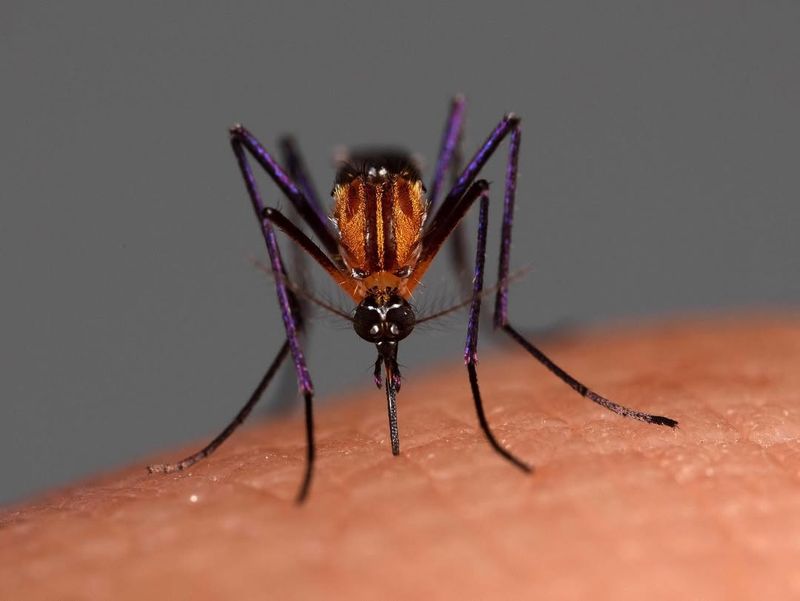
Mosquitoes can be a nuisance, especially near water sources. Wearing light-colored clothing and applying insect repellent can reduce bites.
They are most active at dawn and dusk, so plan hikes accordingly. Avoid standing water areas where they breed.
Despite their pesky nature, mosquitoes play a role in the food chain, serving as food for birds, bats, and other insects.
6. Bald Eagle
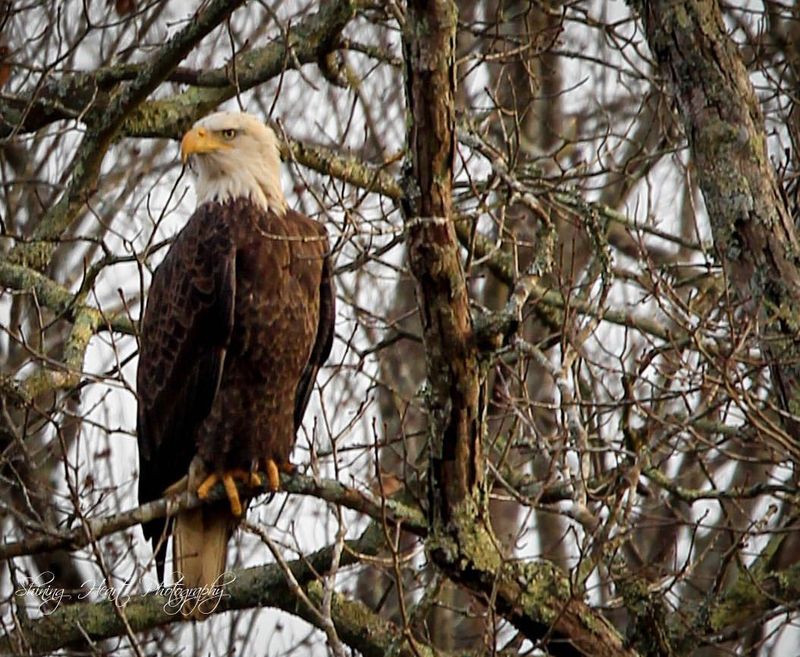
Spotting a bald eagle in flight is a breathtaking experience. These birds of prey are often seen near rivers and lakes.
Keep a respectful distance to avoid disturbing them. Their presence indicates a healthy ecosystem, and they primarily hunt fish.
Enjoy observing from afar and appreciate these symbols of freedom in their natural habitat.
7. Grizzly Bear
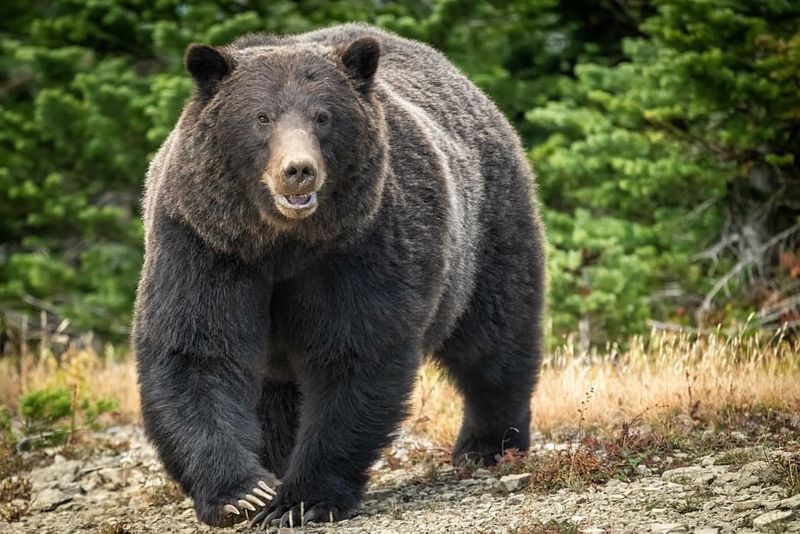
Powerful and best appreciated from afar, grizzly bears are most safely observed from a distance. In areas where they roam, it’s important to travel in groups and make noise to avoid startling them.
If one approaches, it’s essential to remain calm and stand your ground, using bear spray if necessary.
These bears play a vital role in their ecosystems, contributing to seed dispersion and helping maintain balance in the habitat.
8. Deer
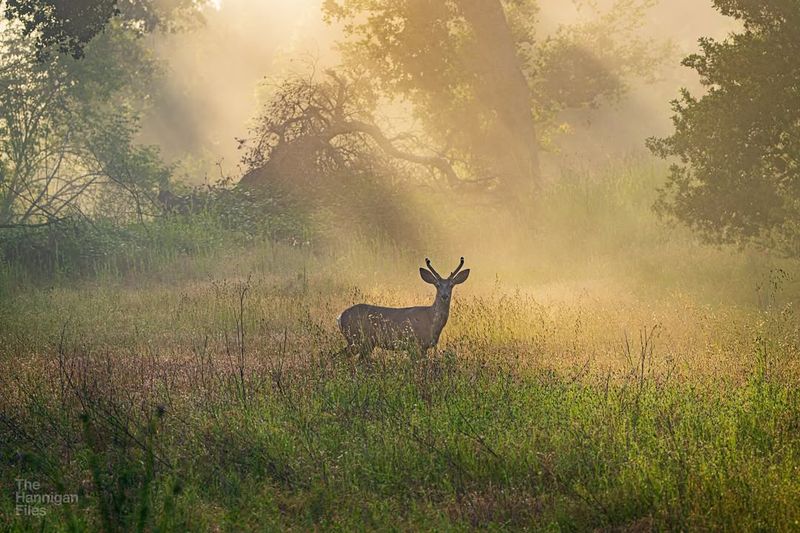
Deer are graceful animals often seen grazing near trails. They may appear harmless, but in rutting season, males can be aggressive.
Keep a respectful distance and avoid sudden movements. If startled, deer might bolt, so it’s best to enjoy their beauty quietly.
They contribute to the ecosystem by shaping vegetation growth and providing food for predators.
9. Coyotes
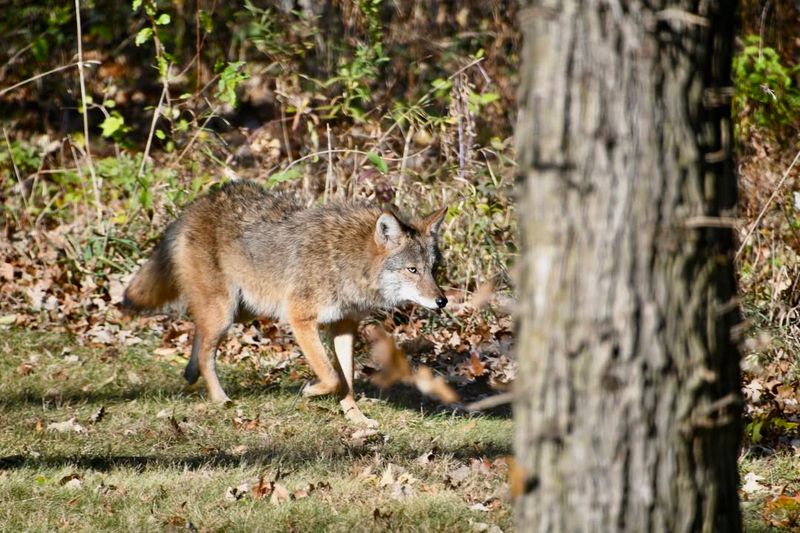
Coyotes are adaptable and often misunderstood creatures. They typically avoid humans but might be curious.
If you encounter one, make noise and assert your presence. Never feed coyotes to prevent them from associating humans with food.
Understanding their role in controlling rodent populations can lead to peaceful coexistence.
10. Venomous Spiders
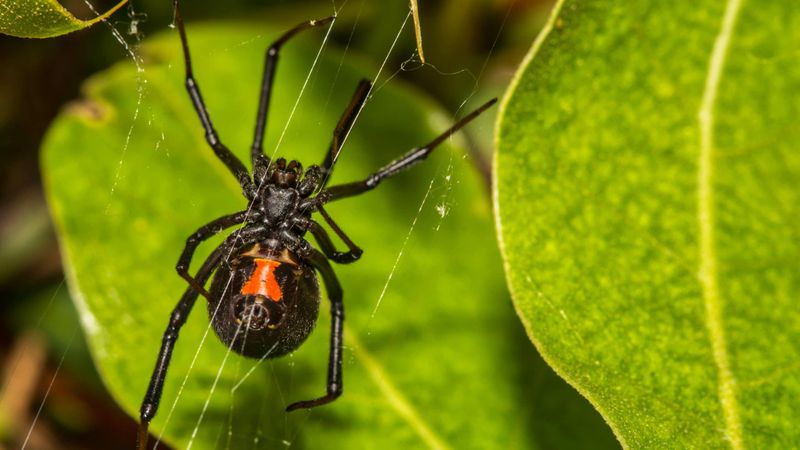
While not common, venomous spiders like the black widow or brown recluse can be found in sheltered areas. Exercise caution when reaching into dark spaces.
Bites are rare, but it’s wise to be aware of symptoms. Seek medical attention if bitten.
These spiders are part of the ecosystem, controlling pest insect populations.
11. Porcupine
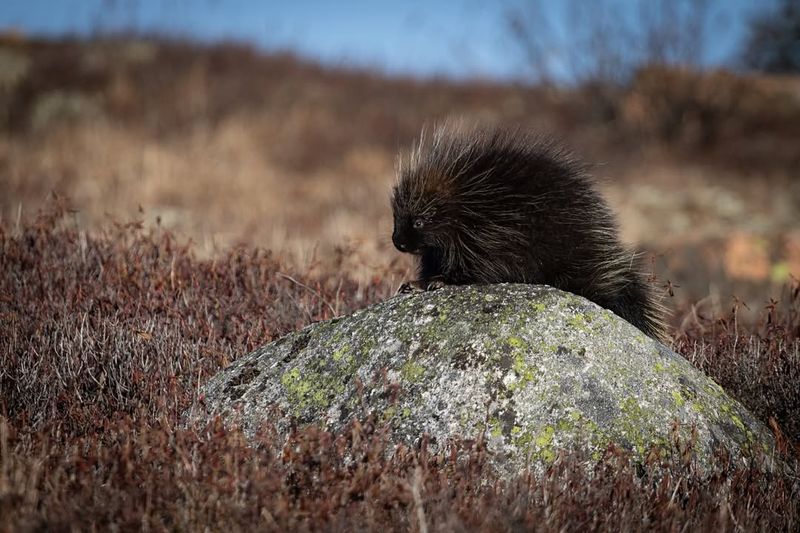
With their quill-covered bodies, porcupines are fascinating creatures. While generally peaceful, they will defend themselves if threatened.
Admire them from a distance to avoid any potential danger, and keep dogs on a leash to prevent curiosity-driven encounters.
Porcupines play an important role in their ecosystem, feeding on tree bark and twigs, helping to maintain a healthy balance in the forest.
12. Elk
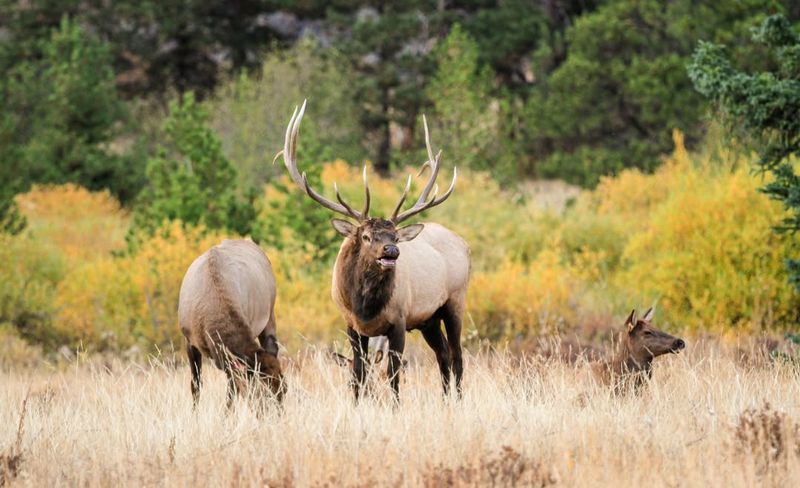
Elk are magnificent animals often found in herds. They can be territorial, especially during mating season.
Give them plenty of space and use binoculars for a closer view. Avoid making loud noises that could provoke them.
Elk are essential to their environment, aiding in plant growth and providing sustenance for predators.
13. Snapping Turtle
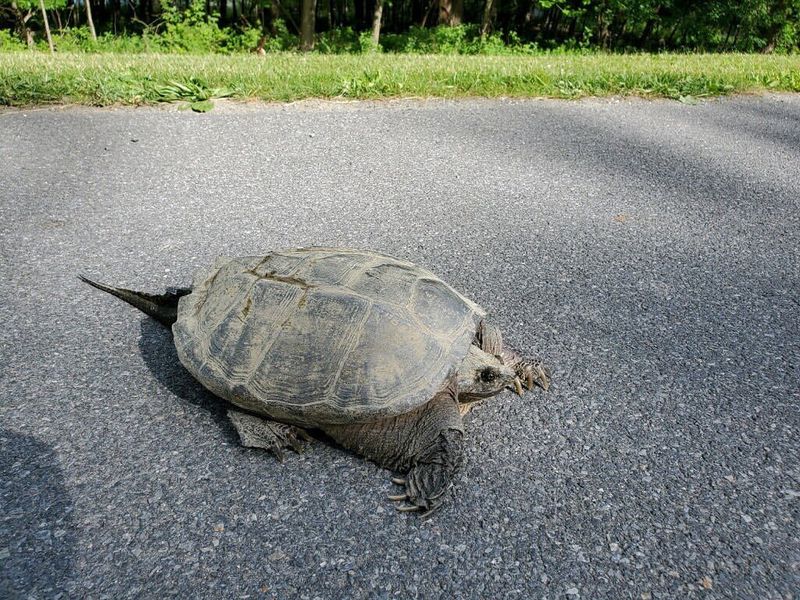
Snapping turtles are ancient reptiles with powerful jaws. When near water bodies, watch where you step.
They might look slow, but they can snap quickly if threatened. Keep a safe distance and avoid handling them.
These turtles play a crucial role in aquatic ecosystems, cleaning up dead fish and organic matter.
14. Fox
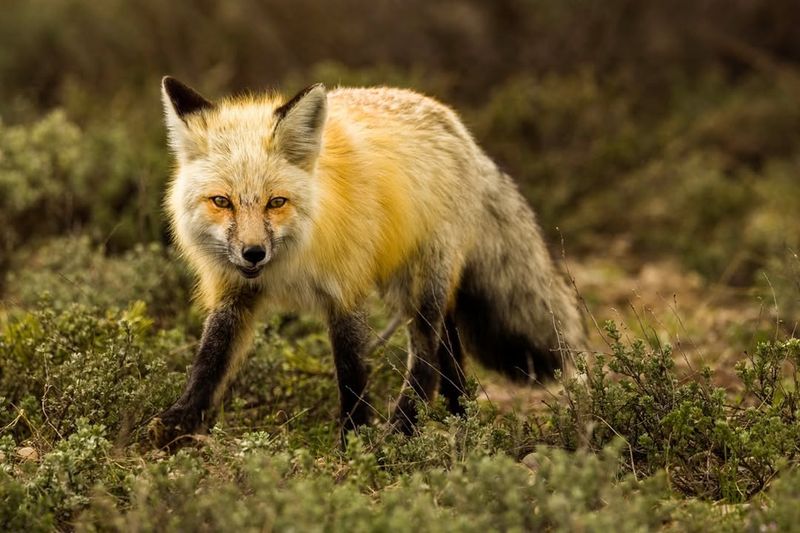
Elusive and often seen darting through fields or forests, foxes are shy around humans but can be spotted hunting small mammals. If you spot one, stay quiet and still to avoid scaring it away.
Foxes play a crucial role in controlling rodent populations, contributing to a healthy ecosystem. Observing their behavior gives you a fascinating glimpse into the lives of these clever creatures.
15. Bees

Vital pollinators, bees are crucial for plant reproduction. While hiking, you might encounter buzzing bees around flowers. Stay calm if one comes near; avoid swatting to prevent provoking them.
Carry an EpiPen if you’re allergic. Bees play a significant role in biodiversity and food production, reminding us of nature’s interconnectedness.
16. Wild Boar
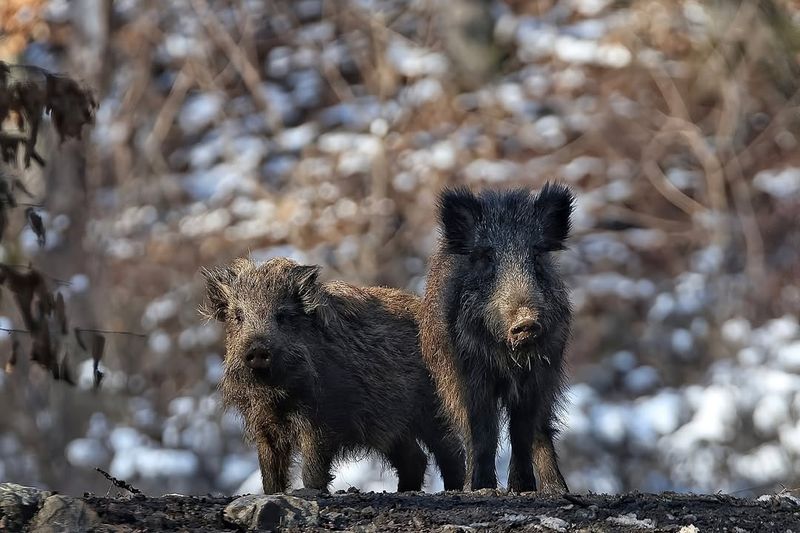
Wild boars are formidable creatures, known for their strength and speed. If you encounter one, avoid sudden movements and slowly back away.
They are protective of their young and can be aggressive if threatened. Boars play a role in their habitats by disturbing soil, which can promote plant growth.
Hiking in boar territory requires awareness and respect for these animals.
17. Owls
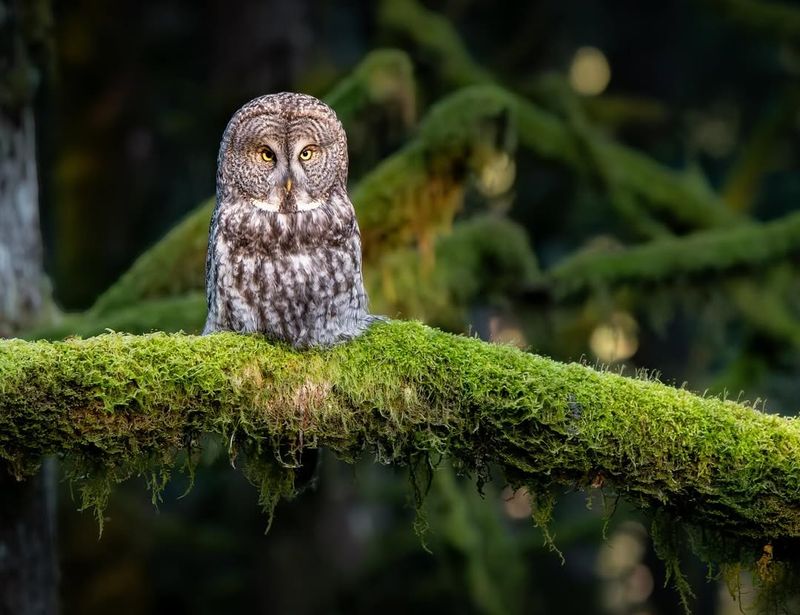
Owls are mysterious nocturnal birds known for their distinct calls. Spotting one during a hike is a treat.
They hunt at night, so listen for their hoots. During the day, you might find them roosting in trees.
Owls are essential for controlling rodent populations, making them an important part of the ecosystem.
18. Raccoons
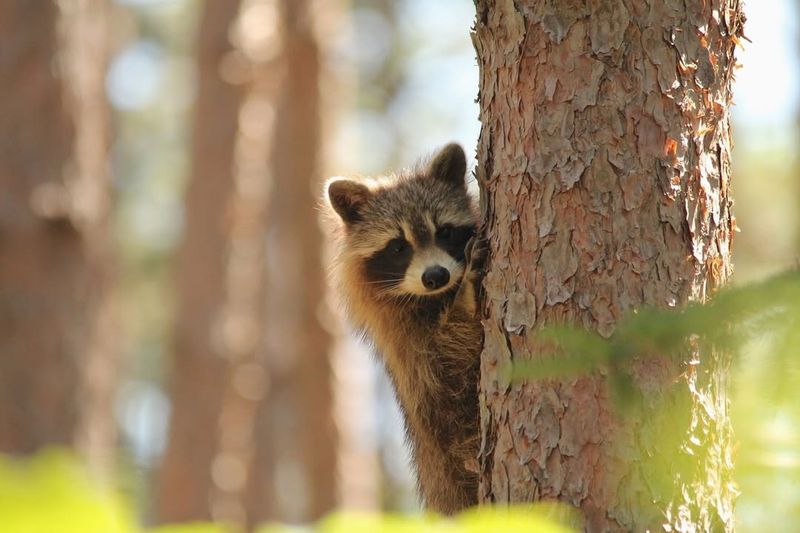
Raccoons are clever and curious creatures, often seen near campsites or trash bins. While they can be amusing to watch, it’s important not to feed them.
Secure food and garbage to prevent unwanted encounters. Raccoons are integral to their environment, helping to clean up waste.
Their adaptability allows them to thrive in various habitats, but respect for their space is crucial.

